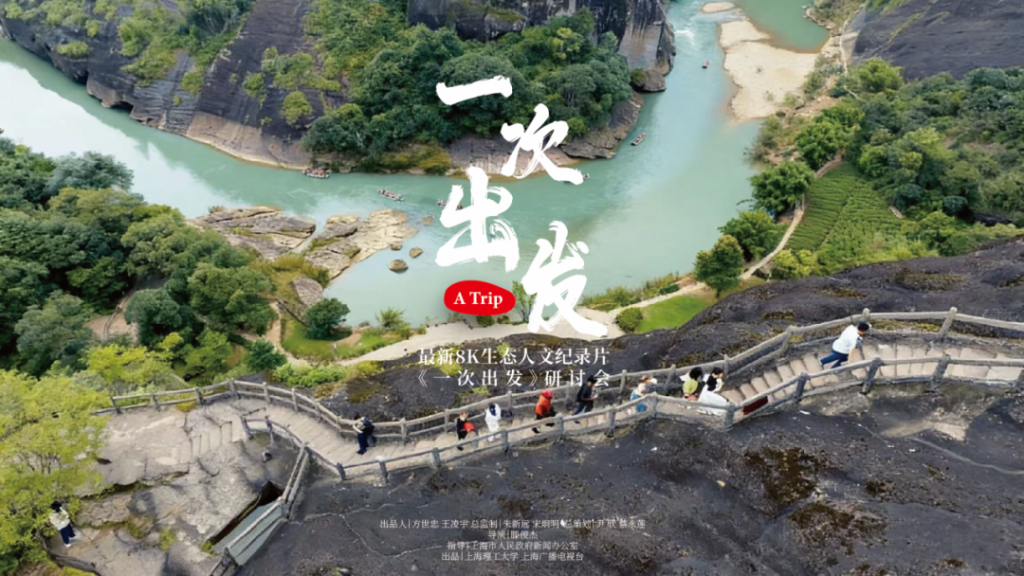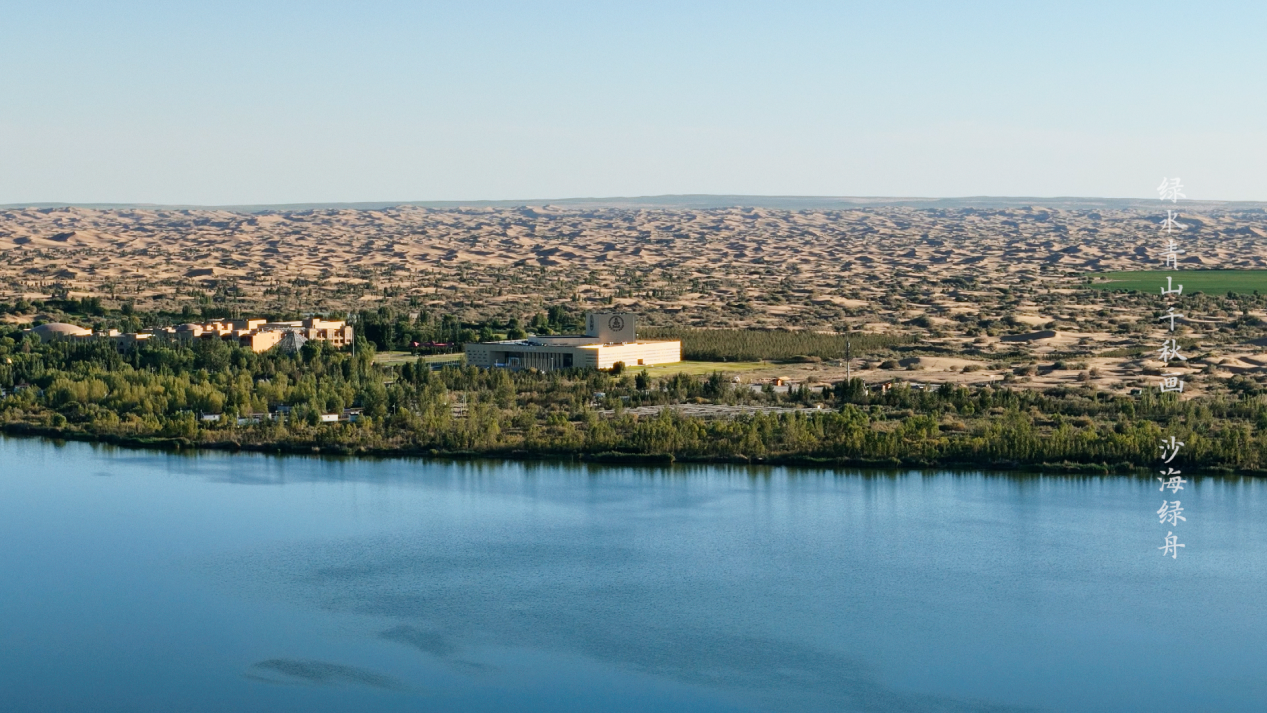
If mountains and rivers could post on WeChat Moments, the Kubuqi Desert in Inner Mongolia would show off its latest "Oasis Skin," the Changjiang Village in Yibin, Sichuan would share a nine-square grid of colorful rapeseed flowers, the Lingshui New Village Port in Hainan would release an exclusive video of the underwater forest, and the autumn scenery of Tachuan in Yixian, Anhui would immediately trigger a frenzy of likes...
These images are from the documentary "Green Waters and Green Mountains: A Thousand Years of Painting," produced by the Agricultural and Rural Program Center of China Central Radio and Television. The film captures not only the scenery but also the stories of countless individuals striving to green the mountains and rivers. From desert tree planters to Yangtze River guardians, from seafaring boat dwellers to young people returning to their hometowns to lead the revitalization of ancient villages, each of these lives proves that China's rural areas, rooted in green waters and green mountains, can thrive and thrive.
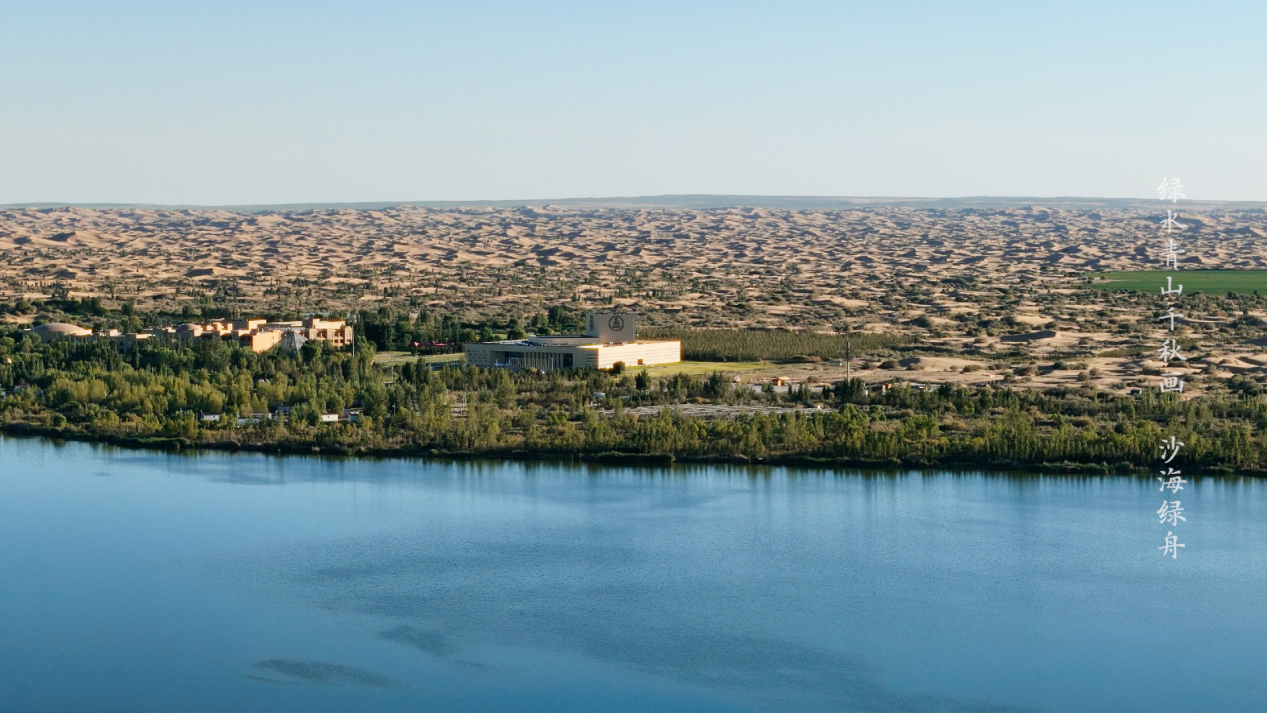
Stills from the episode "Green Boat in the Sand Sea"
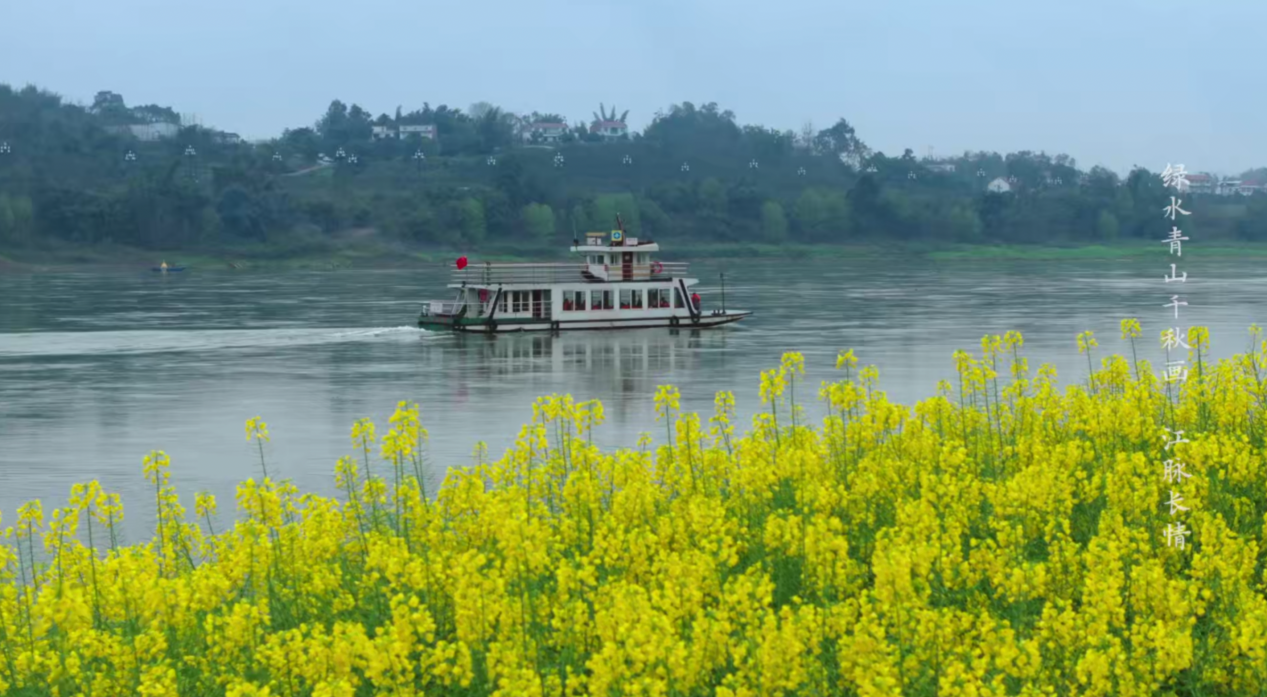
Stills from the episode "Long River Love"
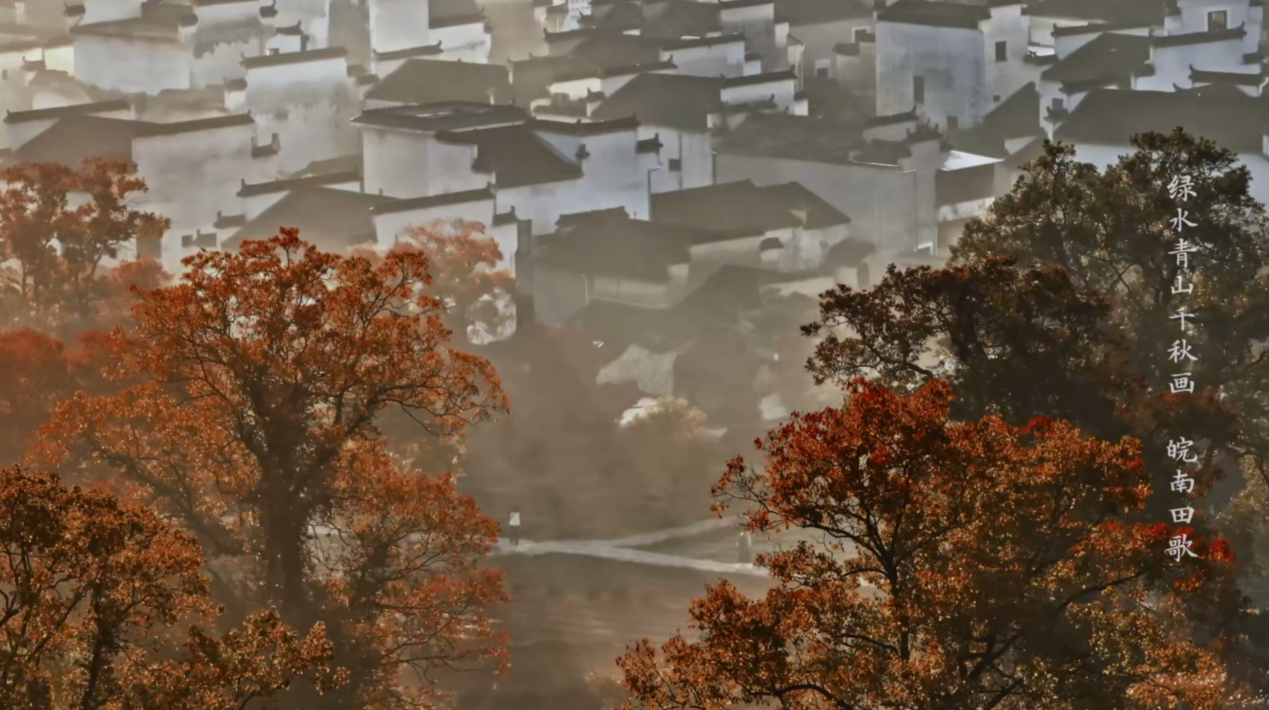
Stills from the episode "Southern Anhui Field Songs"
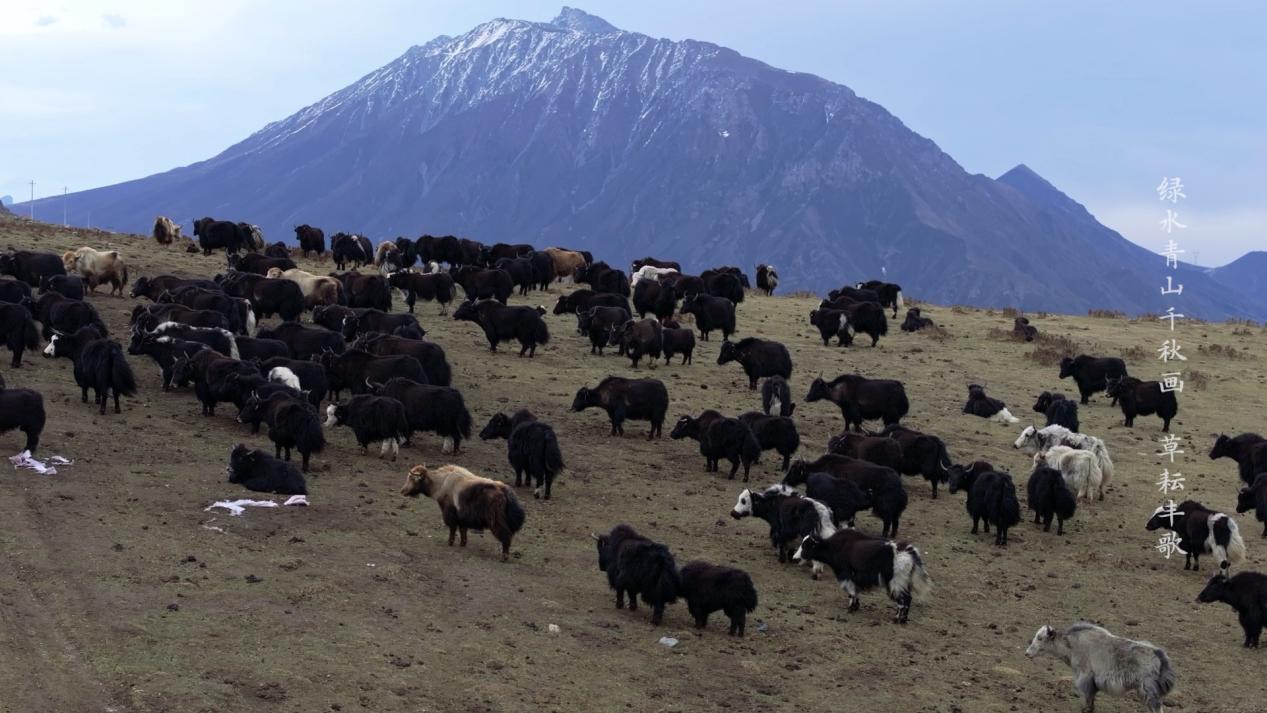
Stills from the episode "Song of Grass and Fertility"

Stills from the episode "Eternal Lake Light"
As the camera pans across the newly reborn forests of Inner Mongolia, the returning Yangtze sturgeons, the swaying seagrass forests of the South China Sea, and the bustling lights of guesthouses in Tachuan... these breathtakingly beautiful rural scenes immerse viewers in a visual feast of Eastern beauty. The documentary "A Thousand Years of Green Waters and Green Mountains" not only paints a beautiful picture of China's vast countryside, but also, more importantly, it doesn't shy away from exploring the issues involved, using the language of the camera to illuminate the hard-won process of the creation of this rural beauty.

Stills from the episode "Blue Sea and Clear Heart"
For example, in 2005, an influx of foreign fish farmers began to arrive in Xincun Port, Lingshui, Hainan Province, and the number of fish farms skyrocketed from 400 to over 1,200. Grouper excrete an average of 1,000 kilograms of feces daily, leaving your feet black! Underwater photographer Yao Hongchao dived into the seabed of his hometown and said, "All life has died. Only silence remains."
In 2017, Lingshui launched a campaign to "return mangroves to the sea," achieving zero aquaculture in prohibited areas within a few years. Eight speedboats patrol the sea daily, and nearly a hundred people clear garbage. Six thousand acres of mangroves have been replanted, and seagrass reserves have been restored. Underwater footage from the program shows seahorses making their home in the seagrass beds, while sea slugs and shellfish are gradually returning. The once hopeless sea has regained its vitality! Tourist inns and cafes are now bustling with visitors, attracting new residents. Local fisherman Long Sai no longer wants to escape, finding the sea breeze sweet.
The documentary's poetic visual language allows us to see that every inch of the revitalized mountains and rivers bears the imprint of ordinary people's palms, and every choice to move towards green is writing a new future for civilization.
The documentary "Green Waters and Green Mountains: A Thousand Years of Painting" revolves around the vibrant lives of the land. Using the oral accounts of over 100 witnesses and nearly 100 true stories, the documentary weaves a history of rural ecological transformation spanning two decades. There's no script, no preaching, only the earthy, rural accent.
On the sand dunes of Ordos, Yin Yuzhen stroked the trees she had planted. "I now have a special love for the desert. I no longer hate it. I have a special bond with it. In the past, we had struggles and challenges, but in the end, the results of those challenges were always joyful!"
On the banks of the Yangtze River in Yibin, where the water has become clear and turbid, Liu Lifen proudly said, "People who drink our Yangtze River water are very smart! Our land will never be left to waste, and there will never be a moment of idleness!"
Beside the small fishing village of Lingshui, Hainan, "We must respect this sea and protect it well, only then will we have a way out!" 87-year-old boatman Guo Shiren said from the bottom of his heart.
Amid the autumn colors of Tachuan, Sun Min, who returned to his hometown to start a business, said the biggest change in his hometown in recent years is: "Our children no longer have to be left behind, and our parents now have children to accompany them."
Among the more than 100 eyewitnesses, there are research experts who have been growing seaweed day after day for ten years, Yangtze River water conservancy engineers who have implemented precise policies, and "new villagers" who have found their spiritual homeland in the ancient villages of Huizhou... Their stories also give the ecological story a broader depth of field and more thinking power.
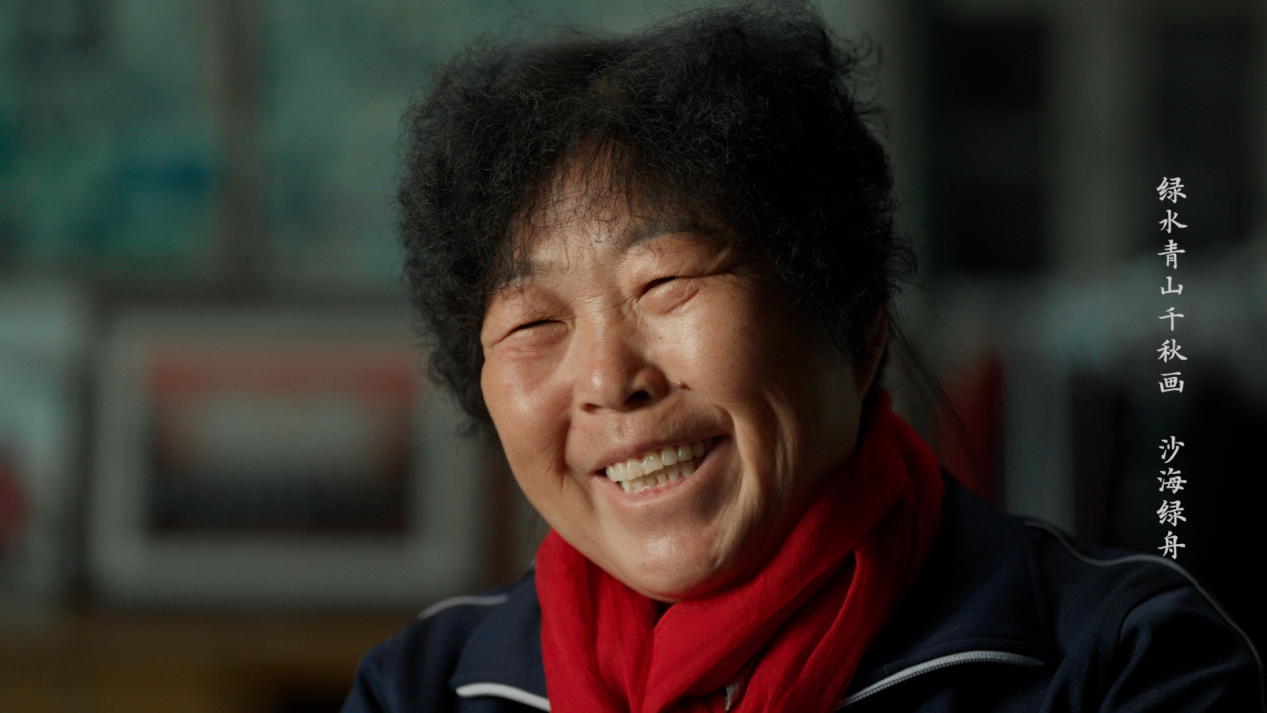
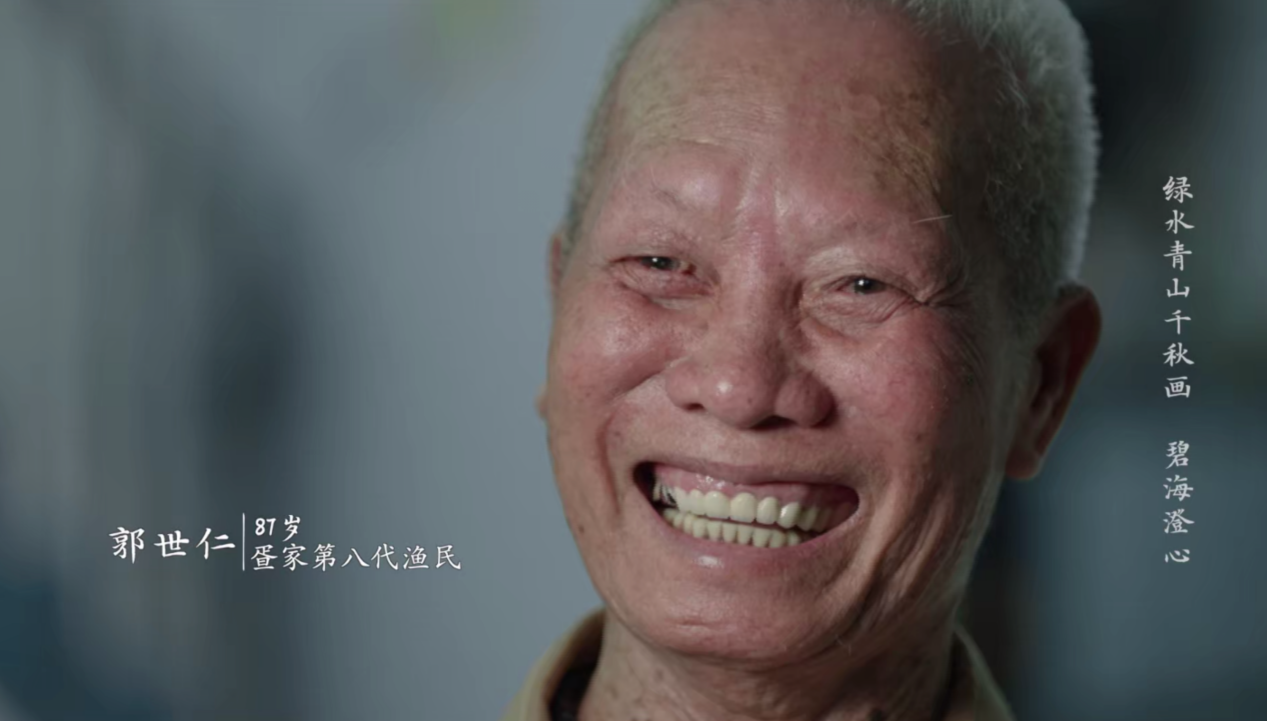
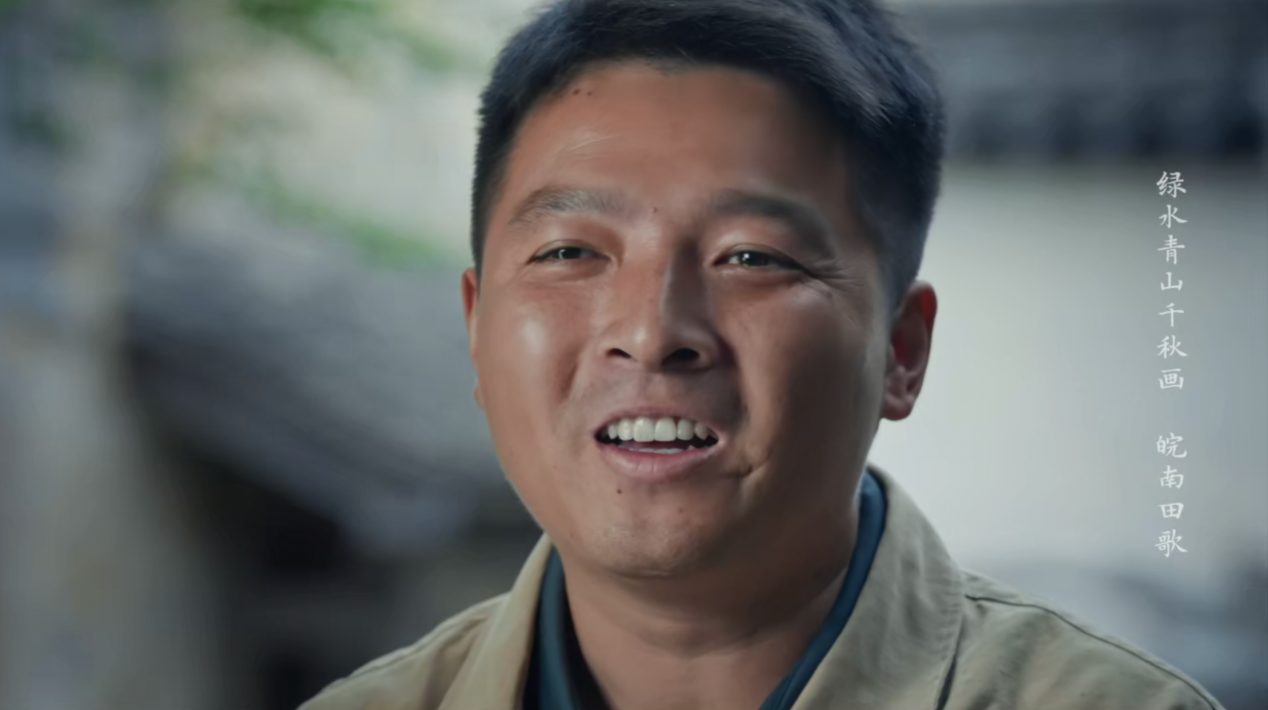
Documentary stills
The environment has improved. How can we truly transform the ecological "beauty" into development "value" so that every native person can take root and grow towards the sun among the green mountains and clear waters of their hometown without having to leave their hometown, and live a happy life suitable for living and working? The stories selected in the documentary make the "Two Mountains" concept more tangible and perceptible.
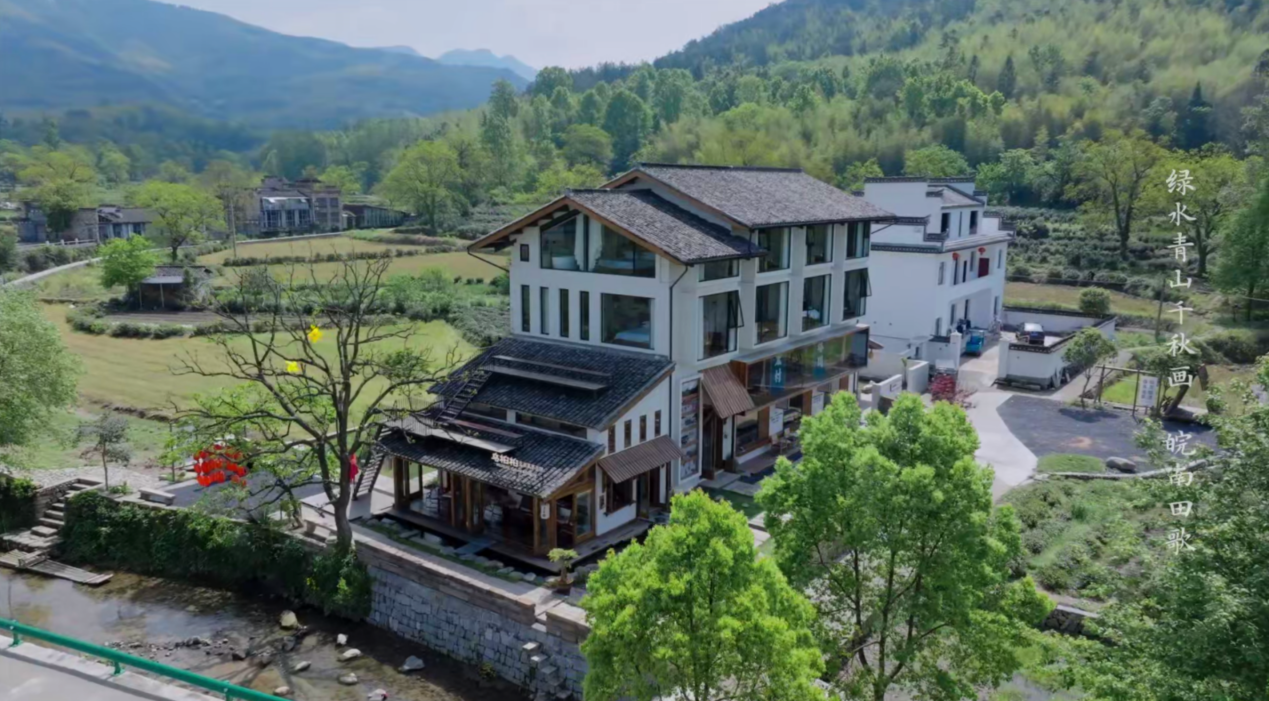
Stills from the episode "Southern Anhui Field Songs"
"A Eternal Painting of Green Water and Green Mountains" will premiere on August 15, National Ecology Day, at 20:30 on CCTV-17, the Agricultural and Rural Channel of China Central Radio and Television.

